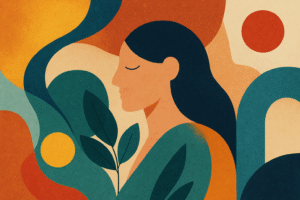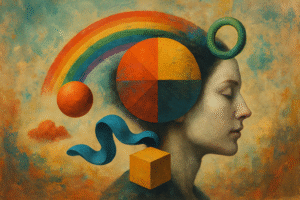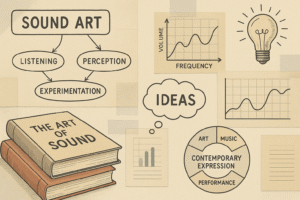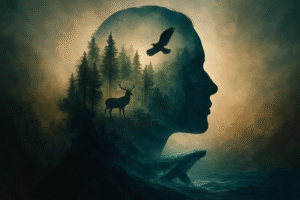
Fashion and art have always shared a natural kinship, both serving as powerful vehicles for creativity, identity, and cultural commentary. But in the 21st century, this relationship has evolved beyond influence—it has become a full-scale collaboration, blurring the boundaries between wearable design and visual art.
Fashion as Art: Where Fabric Meets Canvas
From haute couture runways to contemporary galleries, fashion has emerged as a legitimate form of artistic expression. Designers are no longer just creating clothes—they are crafting sculptural, conceptual pieces that challenge aesthetic norms and redefine wearability.
Fashion allows artists and designers alike to explore shape, form, color, and texture, much like traditional mediums such as painting or sculpture. Today, fashion is not just inspired by art—it is art.
Iconic Collaborations That Redefined the Industry
In recent years, collaborations between fashion designers and artists have gained unprecedented momentum, generating both cultural buzz and critical acclaim.
Louis Vuitton x Jeff Koons
One of the most talked-about partnerships in recent memory was between Louis Vuitton and pop artist Jeff Koons. Their 2017 “Masters” collection transformed iconic artworks—such as Da Vinci’s Mona Lisa and Van Gogh’s Wheatfield with Cypresses—into wearable luxury items. Handbags, accessories, and apparel became living canvases, prompting both celebration and critique around the commercialization of fine art.
Iris Van Herpen x Lawrence Malstaf & Bart Hess
Pushing the boundaries even further is Dutch designer Iris Van Herpen, who collaborates with visual and performance artists like Lawrence Malstaf and Bart Hess. Her collections often feature 3D-printed garments, kinetic sculptures, and materials engineered at the intersection of biology and technology—blending fashion with science, sculpture, and performance.
These partnerships demonstrate that fashion is no longer confined to the runway—it’s a platform for interdisciplinary artistic exploration.
Art Using Fashion as Medium and Message
Fashion is not only shaped by artists—it is also used by artists as a critical tool for storytelling, identity, and cultural critique.
- Cindy Sherman, renowned for her conceptual portraits, frequently uses costume and fashion to interrogate gender roles, social norms, and the performance of identity.
- Grayson Perry, a Turner Prize-winning artist, incorporates elaborate garments and cross-dressing into his works to explore class, masculinity, and British culture.
These examples highlight how clothing can become a language—a form of narrative and symbolism—in contemporary visual art.
From the Runway to the Museum: Fashion as Exhibition
Fashion’s role in the art world has also expanded through major museum exhibitions and curatorial programs. No institution embodies this movement better than:
The Costume Institute at The Met
Housed in the Metropolitan Museum of Art, The Costume Institute has made fashion an integral part of the global art conversation. The annual Met Gala and its accompanying exhibition—such as Heavenly Bodies, Camp: Notes on Fashion, and About Time—have become cultural landmarks, drawing millions of viewers and sparking international discussions about fashion’s place in society.
Other institutions, including London’s V&A Museum and Paris’ Musée des Arts Décoratifs, have followed suit, treating fashion design as a form of high art, worthy of the same attention as painting or sculpture.
The 21st-Century Fusion: A Thriving Crossroad
In today’s culture, fashion and art no longer exist in separate realms—they coexist, collaborate, and co-create in ways that challenge traditional definitions. Whether through boundary-pushing designer-artist pairings, conceptual artworks that use fashion as medium, or exhibitions that elevate fashion to fine art status, this fusion represents one of the most dynamic intersections in contemporary culture.
The Takeaway
The relationship between fashion and art continues to flourish—fluid, fearless, and full of possibility. As both industries evolve in the face of technology, sustainability, and social change, their synergy is poised to drive some of the most innovative expressions of creativity in the modern era.




